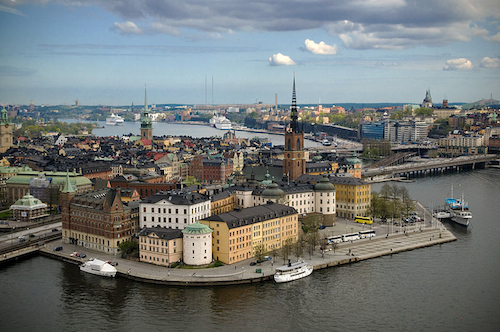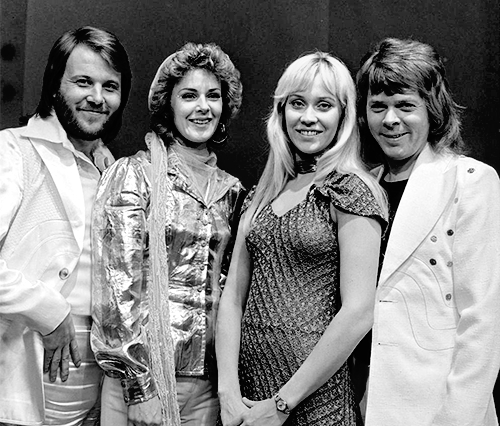9 Surprising Facts About the Swedish Language
Despite being the fifth-largest country in Europe, Sweden is sparsely populated, with less than 10 million inhabitants. Still, despite its modest population, it has greatly influenced the rest of the world, from the catchy tunes of Swedish band ABBA to the world’s largest furniture retailer to the invention of the meatball. But beyond “Dancing Queen” and IKEA, what else do you know about Sweden and its language? Did you know that there’s no word for “please” in Swedish? Or that Swedish wasn’t the official language of Sweden until five years ago? Indeed, Swedish may not have many native speakers, but it’s full of fun and interesting quirks.
 Image via Benoît Derrier / Wikipedia
Image via Benoît Derrier / Wikipedia
1. If you speak Swedish, you can also understand Danish and Norwegian.
Sweden, Denmark, and Norwegian are close geographically, and their languages are similar, as well. Because of this, Swedish speakers are able to understand both Danish and Norwegian – so speaking Swedish is like getting three languages for the price of one!
2. Sweden means “our kingdom”.
Sweden got its name from the Svear people around 2,000 years ago. In their language, svear meant “we”, and rike meant “kingdom”. Therefore, Sverige – the Swedish word for “Sweden” – translates to “our kingdom”.
3. Articles come after nouns.
In English, articles come before nouns, so we say things like “the dog” or “the cat”. In Swedish, however, definite articles (i.e., “the”) come after the noun. Therefore, “the dog” is hunden, where hund means “dog” and en is the definite article “the”. Similarly, “the catt” is katten.
4. There are two words for “grandfather”.
Swedish differentiates between your grandfather on your mother’s and your father’s side. Your father’s father is your farfar, which literally translates to “father father”. Your mother’s father is morfar, which means “mother father”. Of course, the same rule applies for grandmothers, too.
How good is your Swedish? Find out by taking our free online Swedish level test!
5. There’s no way to say “please”.
So if you want to be polite, you’re going to have to find another way. Indeed, there’s no direct translation for “please” in Swedish. Instead, using a respectful tone of voice and saying tack (“thank you”) will adequately convey politeness.
6. It wasn’t the national language of Sweden until 2009.
Until 2009, Sweden did not have a de jure official language. In May of that year, however, Swedish was declared as an official language. Sweden has also recognized Finnish, Meänkieli (a language related to Finnish), Sami, Romani, and Yiddish as minority languages.
7. Swedish is a co-official language of Finland.
Curiously, Swedish was an official language in Finland before it was in Sweden. Though less than 10% of Finland’s population speaks Swedish, the government has declared it as one of the country’s official languages, along with Finnish.
 Image via Coagulans / Wikipedia
Image via Coagulans / Wikipedia
8. “S” is the most common first letter in Swedish words.
More words in Swedish begin with “S” than any other letter. Like English, very few words start with “Q” and “X”, which is good to know if you’re thinking about challenging your Swedish friends to a game of Scrabble.
9. Modern Swedish has existed for only 500 years.
Before 1525, Swedish was strongly influenced by Danish. But after the revolt of Gustav I Vasa, the government went to great lengths to distinguish Swedish as its own language. This marks the genesis of Modern Swedish.
Even if you know all the words to the Mamma Mia! soundtrack, now you also know the various way to refer to your grandparents in Swedish!
Learning Swedish entails much more than simply knowing how to refer to your grandparents. Swedish is a beautiful and interesting language, so if you’re thinking about learning it, consider taking personalized courses from a native Swedish speaker. Not only will you be able to better understand the labels on your IKEA furniture, but you’ll be able to impress millions of Swedish speakers, as well as get a serious head-start on Danish and Norwegian. Contact us to find out more our Swedish course and package options.


